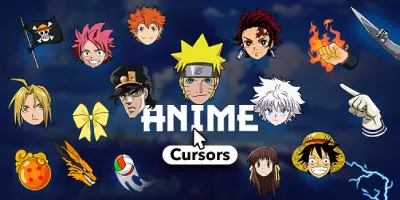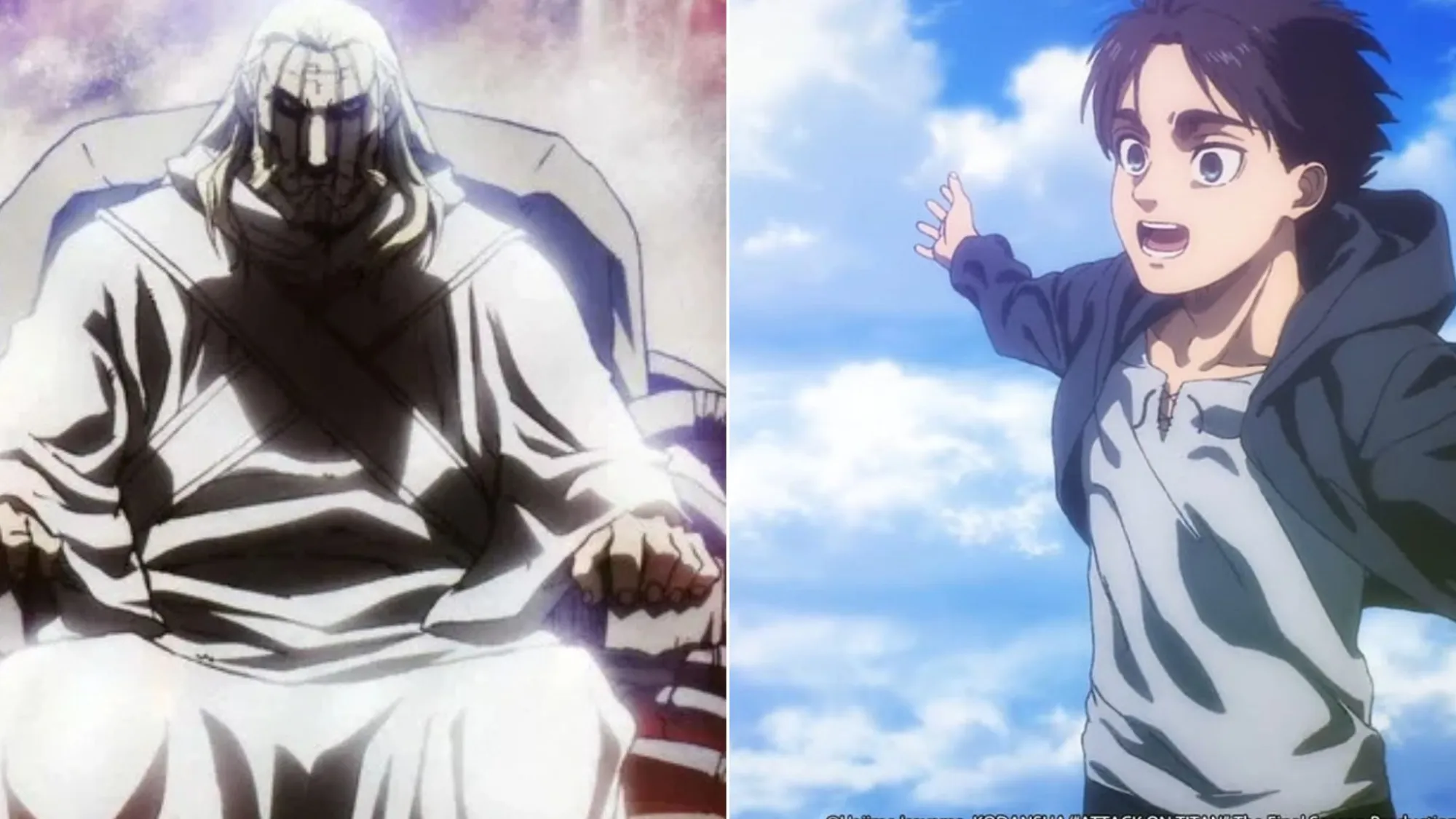
In the world of anime, villains rarely walk away unscathed, but when they do, it’s often in a way that feels disturbingly perfect. Unlike heroes, villains operate with the freedom to break rules and challenge the status quo, making their endings all the more impactful. Some meet poetic justice, undone by their own hubris, while others achieve a twisted sense of victory.
Many villains, like Madara Uchiha or Makishima Shogo, achieve their goals in some form, even as they lose their lives in the process, turning their deaths into symbolic victories. Others, like Dio Brando or Frieza, defy the odds entirely, surviving to scheme another day and maintain their presence as iconic figures in their respective worlds. This tendency for villains to leave a lasting
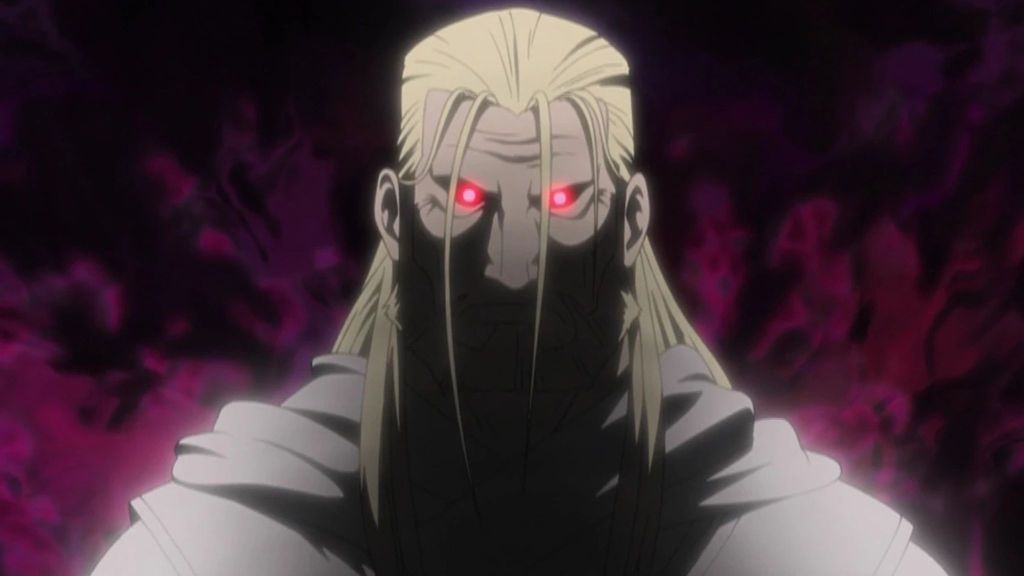
After centuries of scheming to become a god, Father’s downfall came not through brute force but through the very truths he sought to deny. Father wanted to escape the limitations of humanity, but in the end, he was reduced to nothing more than a desperate soul, dragged into the void by Truth itself. His final moments showed Father reverting to his original form before being pulled into darkness. Truth condemned him for arrogantly believing he could escape his flask without paying the proper toll.
9. DIO (JoJo’s Bizarre Adventure)
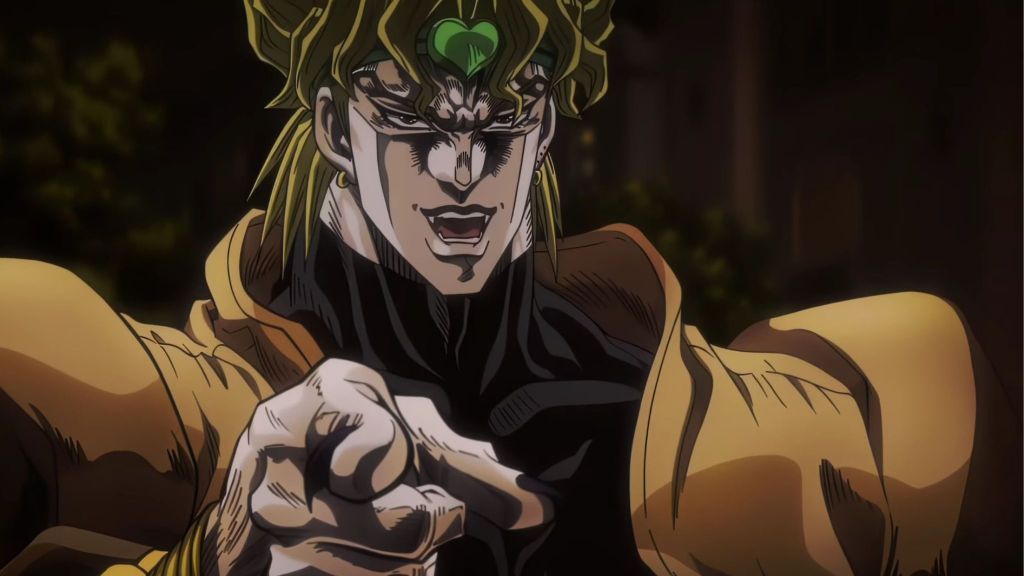
DIO’s downfall in JoJo’s Bizarre Adventure: Stardust Crusaders was the perfect ending for a villain who thrived on arrogance. After years of terrorizing the Joestar bloodline, his death was an end befitting a man who lived as though he were untouchable and above all others. When Jotaro tricked him using Star Platinum to match his time-stopping ability, DIO’s defeat became inevitable. His once-indomitable body was crushed, and his head obliterated, marking the end of his reign.
8. Johan Liebert (Monsters)
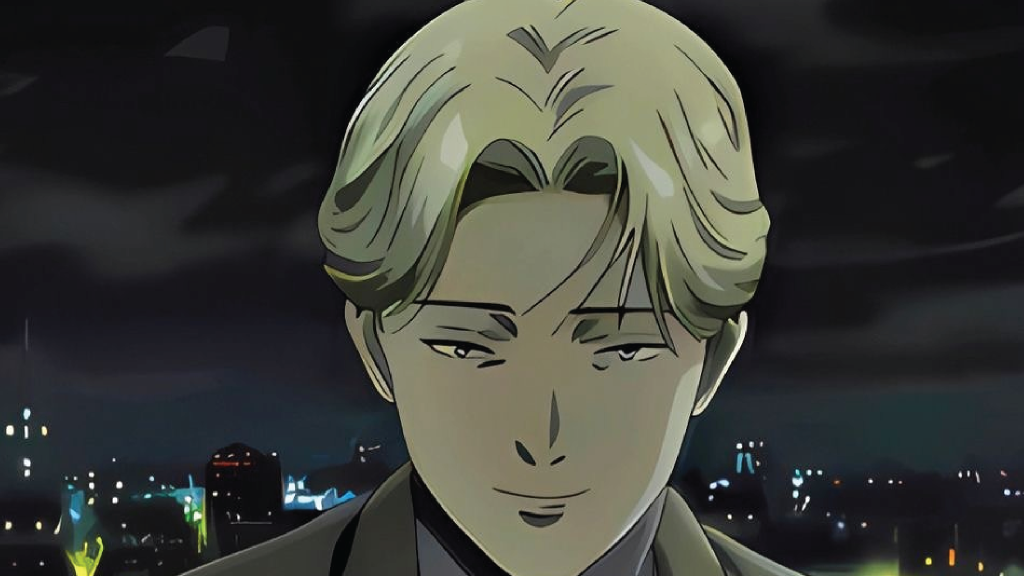
Johan Liebert is the rare villain who “wins” by leaving a vacuum. In the finale, Tenma saves Johan’s life — again — after the Red Rose Mansion revelations. Johan survives the gunshot, is hospitalized under guard, and then quietly vanishes, fate ambiguous. That’s exactly right for a character whose thesis is that identity is a story we tell ourselves and that nothingness can wear a smile. Executing him would have turned Monster into a morality play. Locking him up would have domesticated him. Instead, the series traps the world (and us) with the unresolved question he embodies.
7. Askeladd (Vinland Saga)
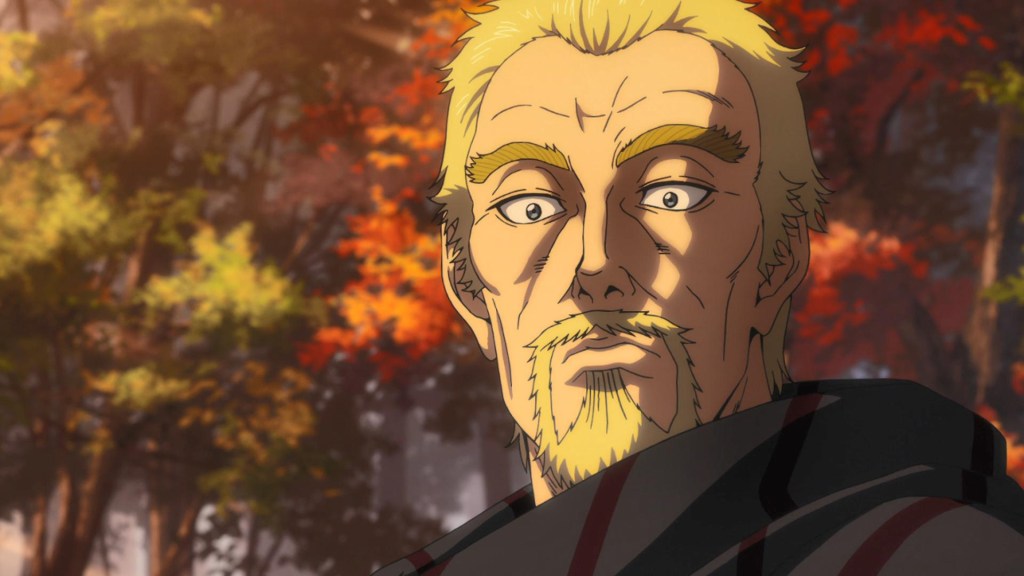
Askeladd orchestrates his own end to crown Canute and free Wales from Danish threat. A manipulator to the last, he chooses a death that seals his plan. At the climax in King Sweyn’s hall, Askeladd publicly “snaps,” slaughters the king, and forces Prince Canute to kill him. On the surface, it’s regicide and a death wish. In reality, his death protects the two things he truly cared about — his mother’s homeland and the prince he’d groomed for greatness — while simultaneously denying Thorfinn the revenge that had driven him for years. Askeladd’s death isn’t a defeat but a victory on his own terms.
6. Makishima Shogo (Psycho-Pass)
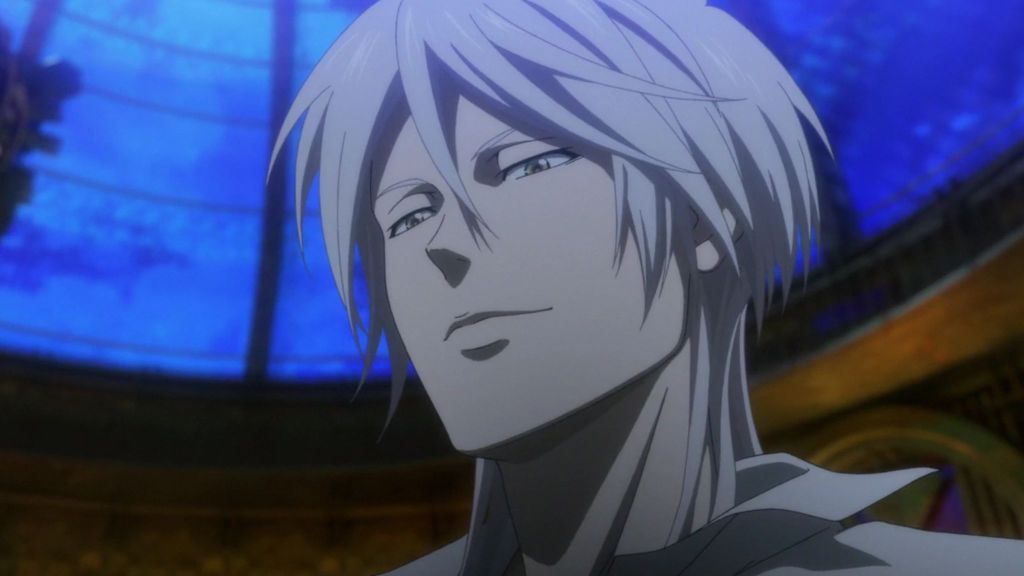
Makishima Shogo was an asymptomatic individual who could not be detected by the Sibyl System’s scanners because his psychological state remained calm even when committing violent acts. This unique trait allowed him to commit crimes without triggering alerts from the system that governed society. Throughout Psycho-PassMakishima orchestrated various attacks. His ultimate goal was to expose and destroy the Sibyl System, which he viewed as a flawed mechanism that had removed genuine human judgment from society. A free will absolutist who exposes the system’s rot, Shogo is ultimately judged by the very mechanism he despises. His death completes his philosophical duel with Kogami. After exposing Sibyl’s hypocrisy, orchestrating crimes it couldn’t predict, and nearly collapsing Japan’s infrastructure, Makishima is hunted down and executed by Kogami.
5. Frieza (Dragon Ball Z / Super)
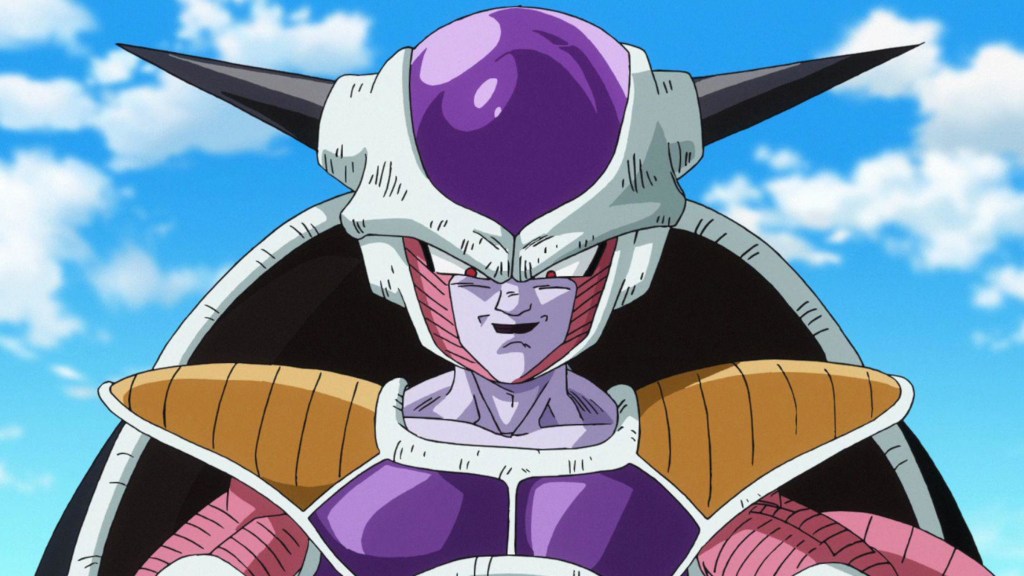
Frieza is the franchise’s purest villain. He dies multiple times, gets chopped to bits, humiliated in Hell, crawls back via Resurrection ‘F’, trains for the first time in his life, and becomes a top-tier threat again. In Superhe clinches the Tournament of Power for Universe 7 by teaming with Goku — then immediately goes back to scheming. Black Frieza one-shots Goku and Vegeta, reminding everyone that effort plus malice beats “protagonist aura.” The fact that Frieza remains unrepentant despite multiple chances at redemption reinforces his role as the franchise’s quintessential villain. His “perfect ending” isn’t an ending at all but a testament to how some evil is too iconic to truly vanquish.
4. Light Yagami (Death Note)
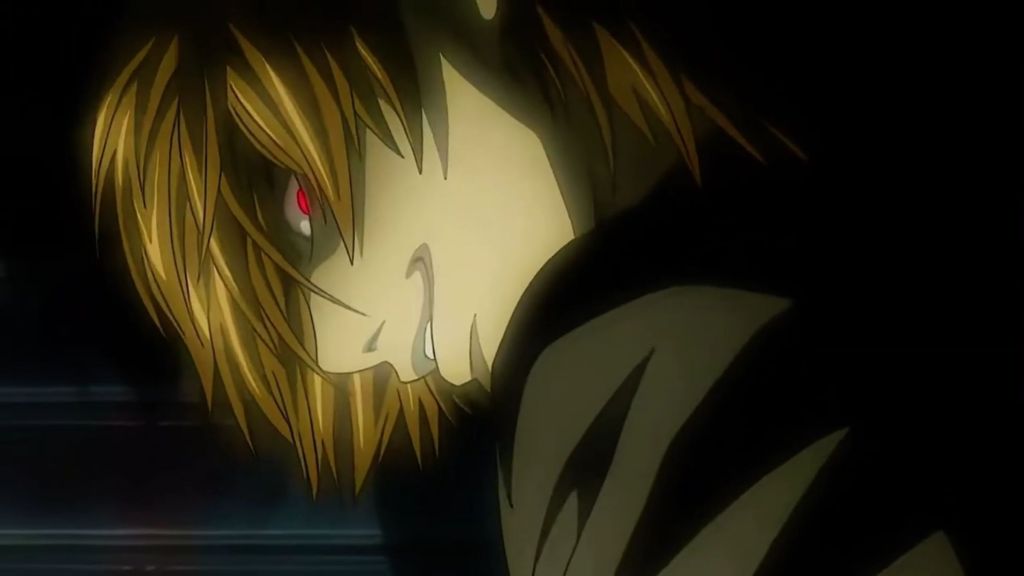
The self-proclaimed god of the new world died whimpering on a warehouse staircase. When Near outsmarted him in the final confrontation, Light’s desperation revealed the cracks in his godlike persona. His frantic attempts to regain control were a far cry from the composed genius who once seemed untouchable. In the end, he was shot, abandoned, and left to die a broken man. This pathetic end perfectly befits a character whose fatal flaw was his own towering hubris. Throughout Death NoteLight evolved from an idealistic vigilante to a megalomaniacal killer who justified any atrocity in service to his warped sense of justice. His death strips away all pretense of nobility.
3. Madara Uchiha (Naruto: Shippuden)
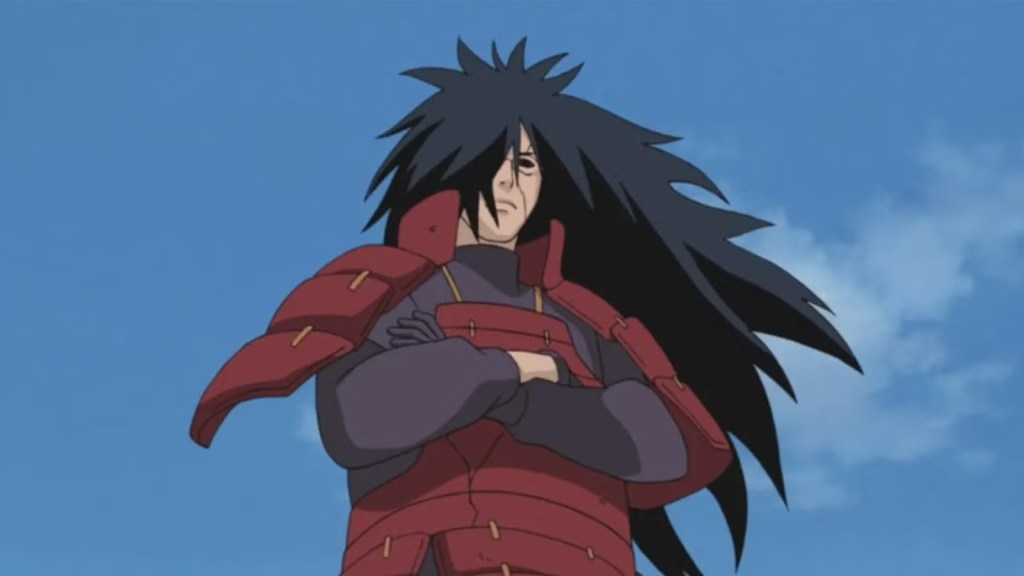
The legendary Uchiha who fought Hashirama, manipulated the shinobi world from the shadows, and successfully implemented the Infinite Tsukuyomi was suddenly backstabbed by Black Zetsu, revealing that Madara had never been the mastermind but merely another pawn in Kaguya Otsutsuki’s resurrection plan. His body was used as a vessel to revive the Rabbit Goddess, effectively erasing his existence without even granting him a proper final battle. Ultimately, he was outplayed by a greater darkness.
2. Meruem (Hunter x Hunter)
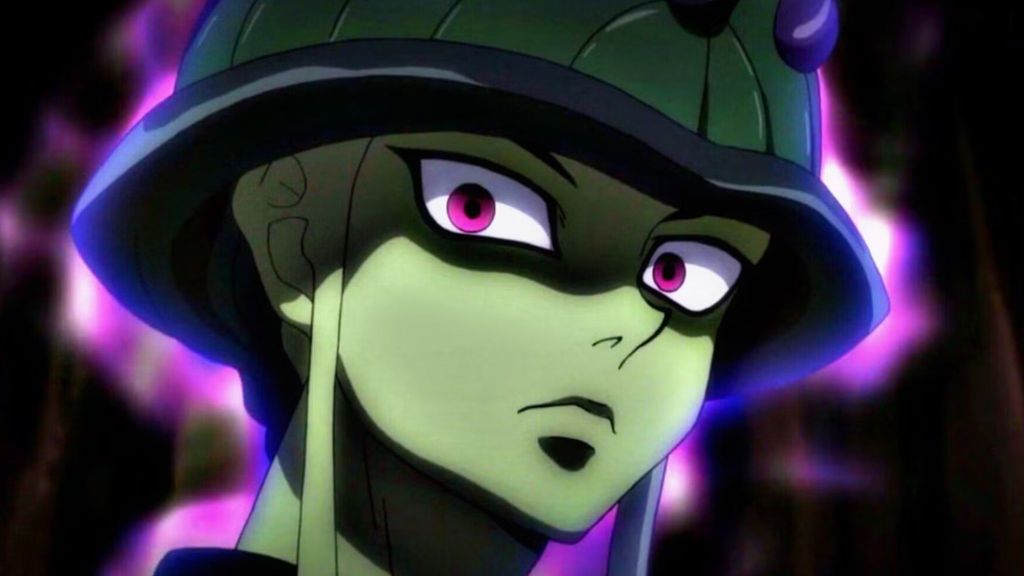
Meruem starts as a perfect predator and ends as a person. That’s the only “win” that ever mattered for Meruem. After the Palace Invasion, Meruem survives Netero’s last gambit only to be fatally poisoned by the Miniature Rose’s residue. With his memories restored, he chooses to spend his final hours with Komugi, playing Gungi and calling her by name. That’s fitting because his arc isn’t about redemption through victory. He could have rampaged, yet he prioritizes dignity, consent, and intimacy over domination. Dying in peace beside the one human who reshaped his worldview is the precise closure his story earns: the strongest being accepts limits, honors another’s agency, and defines his legacy not by fear but by the quiet grace of a shared game.
1. Eren Yeager (Attack on Titan)
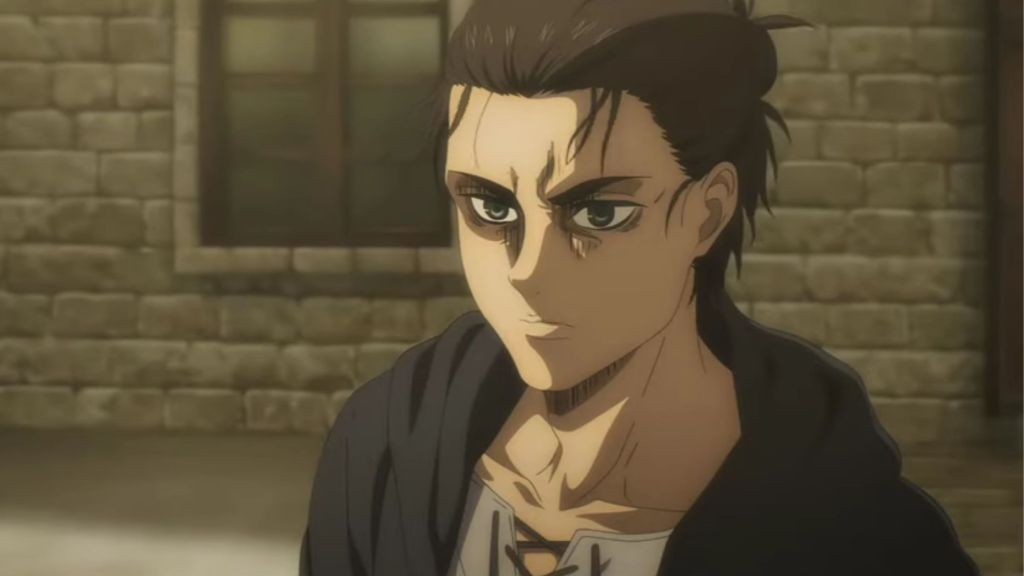
The boy who swore to kill all Titans ultimately met his end as the most horrific Titan of all. Eren Yeager’s transformation from wide-eyed, vengeance-seeking protagonist to architect of global genocide represents perhaps the most controversial character arc in modern anime history. After initiating the Rumbling and slaughtering 80% of humanity with an army of Colossal Titans, Eren deliberately positioned himself to be killed by Mikasa. This devastating conclusion fits Eren perfectly because it embraces the central irony of his existence. To achieve freedom, Eren sacrificed his own. As a bird wraps Mikasa’s scarf one final time after his death, we’re left questioning whether Eren was a hero, villain, or something far more complex.
What do you think? Leave a comment below and join the conversation now in the ComicBook Forum!
